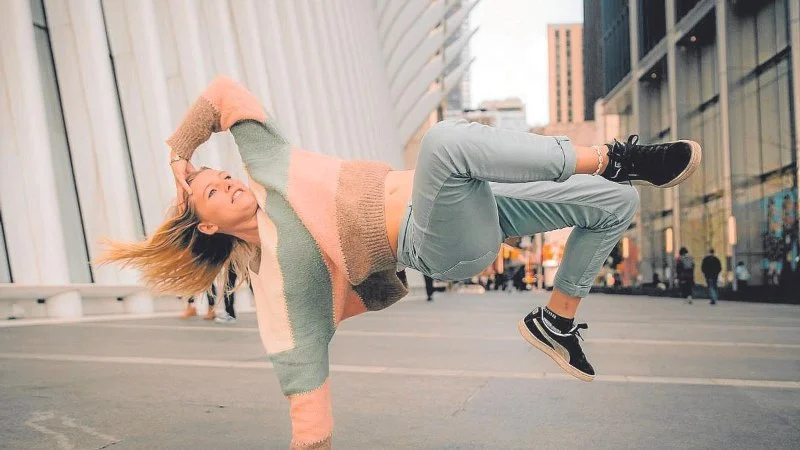
1. Why Shuffle Dance Is Popular Among College Students
Shuffle dance, also known as the Melbourne shuffle, has gained significant popularity among college students. The energetic and rhythmic style of this dance, which involves quick foot movements and sliding steps, makes it perfect for clubbing, parties, and other social events common in college life. It is visually captivating, allowing dancers to express themselves creatively while keeping up with high-energy electronic dance music (EDM) beats.
vbnetCopy codeFun and Fitness Combined
For many college students, shuffle dancing is more than just a trend—it's a fun way to stay active. The fast-paced footwork helps improve cardiovascular health, flexibility, and coordination, all while having a blast with friends. Whether you're dancing in the dormitory or at a local club, shuffle dancing provides an excellent workout without feeling like exercise.
A Social Dance Trend
In addition to its fitness benefits, shuffle dance has become a social activity that college students enjoy doing together. With the rise of social media platforms like TikTok and Instagram, students can showcase their moves, learn from others, and even create their own dance challenges, further solidifying the dance's presence in student culture.
2. Understanding the Shuffle Dance: Key Moves and Techniques
To master shuffle dance, it's important to understand its foundational movements. The dance is primarily composed of two key techniques: the running man and the T-step. Both of these moves are the building blocks of many shuffle routines, and learning them well will allow you to perform more advanced variations.
The Running Man
The running man is a quick stepping motion where one foot slides back while the other foot is raised. This gives the illusion of running in place while gliding smoothly across the floor. To perform it correctly, practice lifting your knees and synchronizing your foot movements to match the beat of the music.
The T-Step
The T-step is another fundamental shuffle move. In this step, one foot steps forward while the other foot slides sideways in a "T" shape. It’s essential to keep your posture fluid and light to maintain the rhythm and flow of the dance.
Combining the Moves
Once you have a solid grasp of the running man and T-step, the next step is to combine them into continuous, smooth movements. This is the essence of shuffle dancing—flowing between these basic steps in time with the music while adding personal style and flair.
3. Common Shuffle Dance Mistakes College Students Make
Learning shuffle dance can be challenging, especially for beginners. Here are some common mistakes that college students often make when trying to master the moves:
1. Poor Footwork Timing
One of the most common mistakes is not aligning foot movements with the beat of the music. Shuffle dance relies heavily on precise footwork that matches the rhythm, and poor timing can make the dance look awkward and out of sync. Make sure to practice with a metronome or a song with a clear beat to improve your timing.
2. Overcomplicating the Moves
Many beginners try to add too many variations or complicated footwork before mastering the basic moves. While it's great to get creative, it’s essential to first get comfortable with the running man and T-step. Trying to perform advanced movements too early can lead to frustration and sloppy technique.
3. Stiff Body Movements
Shuffle dance is a fluid, free-flowing style of dance, and stiffness in your upper body can hinder your movements. Many new dancers focus too much on their feet and neglect their arms and torso. To avoid looking rigid, relax your body and allow your arms to move naturally with the rhythm of the music.
4. Inconsistent Speed
Shuffle dance is all about maintaining a consistent rhythm and flow. Going too fast or too slow can disrupt the entire performance. It's important to maintain a steady pace that matches the tempo of the music. If you're not sure, start slow and gradually increase your speed as you gain confidence and coordination.
4. How to Avoid Common Shuffle Dance Mistakes
By practicing and focusing on key techniques, you can avoid common shuffle dance mistakes. Here are some tips to help you improve your skills:
1. Practice with a Metronome or Drum Beat
To improve timing, practice your footwork with a metronome or choose songs with a consistent beat. This will help you develop a better sense of rhythm and ensure your movements align with the music.
2. Start with the Basics
Don’t rush into complex variations. Focus on mastering the basic steps before adding variations or attempting advanced choreography. Once you feel confident with the basics, you can gradually introduce new moves into your routine.
3. Focus on Fluid Movements
Instead of rigidly focusing on foot placement, remember to engage your entire body. Shuffle dance is about fluid motion, so let your arms, torso, and legs move naturally with the rhythm. The more relaxed and fluid your body, the smoother your dance will look.
4. Record Yourself to Track Progress
Sometimes, it can be hard to spot mistakes while dancing. Recording yourself allows you to watch your performance and identify areas that need improvement. This also helps you track your progress over time and see how much you’ve improved!
5. Real-Life Experiences: Overcoming Shuffle Dance Challenges
Many college students have successfully overcome common shuffle dance mistakes with persistence and practice. For instance, Anna, a sophomore at a California university, struggled with timing issues when she first started. However, by practicing to songs with a steady beat and filming herself, she was able to correct her timing and improve her overall technique. Her story shows how patience and focused practice can lead to success in mastering shuffle dance.
Another student, Jake from New York, found it difficult to relax his upper body at first. He started focusing on loosening up by practicing in front of a mirror and paying attention to his arm movements. Over time, he became more confident, and his movements became much smoother.
6. How to Get Started with Shuffle Dance in College
If you’re interested in learning shuffle dance, getting started is easy! Here’s how you can begin:
1. Watch Tutorials
There are many free online tutorials, especially on YouTube and TikTok, that teach the basics of shuffle dance. Watching these videos can give you a visual understanding of the moves and help you get started.
2. Join a Dance Group or Class
If you want more personalized instruction, consider joining a college dance group or taking a class. Many universities offer dance clubs or workshops where students can learn various styles, including shuffle dance.
3. Practice Regularly
The key to getting better at shuffle dance is consistent practice. Set aside time each week to practice your footwork and body movements. The more you practice, the quicker you’ll improve.
For those looking to enhance their shuffle dance skills, check out American Dance Academy for professional tips, lessons, and dance equipment to help you master the art of shuffle dance.
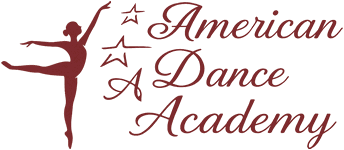

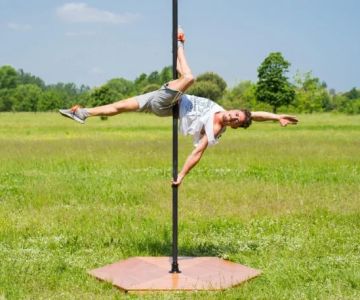
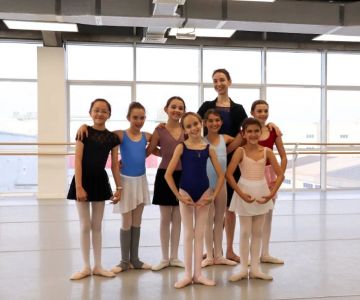


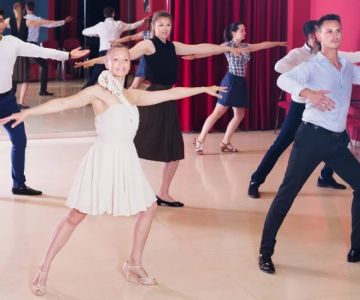
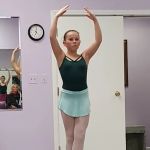 Barrington Dance Academy5.0 (22 reviews)
Barrington Dance Academy5.0 (22 reviews) Canyon Concert Ballet4.0 (17 reviews)
Canyon Concert Ballet4.0 (17 reviews) Big City Dance Center LLC4.0 (25 reviews)
Big City Dance Center LLC4.0 (25 reviews) Tye Chua Dance & Kalamazoo Ballet5.0 (18 reviews)
Tye Chua Dance & Kalamazoo Ballet5.0 (18 reviews) Fenton Ballet Theatre4.0 (24 reviews)
Fenton Ballet Theatre4.0 (24 reviews) Front Street Dance Center5.0 (7 reviews)
Front Street Dance Center5.0 (7 reviews) Are There Dances in Middle School? What Students and Parents Should Know
Are There Dances in Middle School? What Students and Parents Should Know How a Dance School in Instagram Builds Community and Success
How a Dance School in Instagram Builds Community and Success Why Do Schools Teach Square Dancing?
Why Do Schools Teach Square Dancing?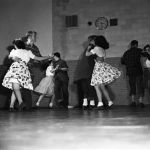 Why Was Square Dancing Taught in School?
Why Was Square Dancing Taught in School? Why Swing Dance Is Popular for Adults
Why Swing Dance Is Popular for Adults A School Dance: How to Prepare, Shine, and Make It Unforgettable
A School Dance: How to Prepare, Shine, and Make It Unforgettable